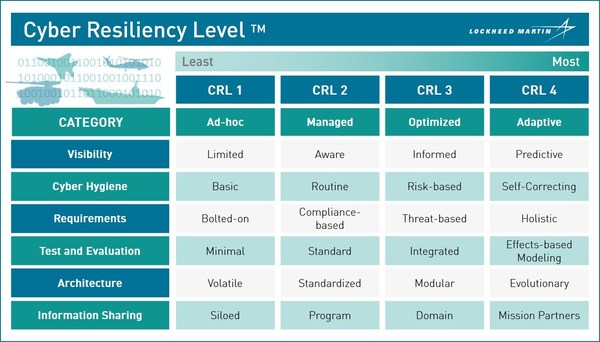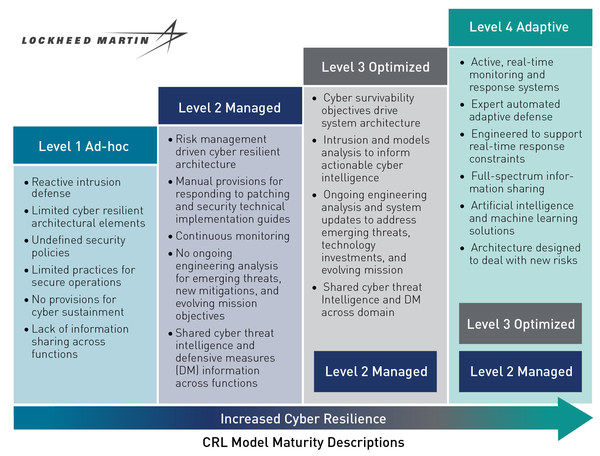December 21, 2020 | International, Aerospace
Here’s why the Valkyrie drone couldn’t translate between F-35 and F-22 jets during a recent test
Valerie Insinna WASHINGTON — Earlier this month, the U.S. Air Force embarked on a hotly anticipated test: Could it use a semiautonomous drone, in this case a Kratos XQ-58A Valkyrie equipped with a special payload, to stealthily translate and send data between F-35 and F-22 fighter jets? Air Force leaders still think the answer is “yes,” but because of technical issues encountered during the test, proof that the concept works is still months away. During the Dec. 9 demonstration at Yuma Proving Ground in Arizona, the Valkyrie was outfitted with gatewayONE, a system capable of translating information from the F-35′s Multifunctional Advanced Data Link and the F-22′s Intra-Flight Data Link into a format that can be understood by other aircraft, all while maintaining a low probability of enemy forces intercepting that data. But “shortly after takeoff, the communications payloads lost connectivity,” leaving nine out of 18 test objectives incomplete, the Air Force said in a news release. Early feedback from the test team indicates that, during the rocket-assisted takeoff of the Valkyrie, some of the gatewayONE hardware came loose from where it was mated to the drone, said Air Force acquisition executive Will Roper. “We think we had a connector that came loose during it because the gateway itself was fine when the Valkyrie landed. So [it's] a thing we've learned from and we'll fix next time,” he told reporters Dec. 18 during a Defense Writers Group roundtable. “Next time we get out, flying in the next on-ramp, we'll probably check those soldering points more than one time.” Despite the setbacks, the Air Force still clocked in a number of wins during the exercise. Because the service had a second, land-based version of gatewayONE, it was able to use that system to pass targeting cues from an F-35 to an F-22 and exchange other data between the two aircraft. GatewayONE also pushed data that usually is confined to operations centers on the ground to the F-35 and F-22, while allowing those aircraft to send precise location data back through the translating system to the operations center. Although the Valkyrie couldn't transmit data between the F-22 and F-35, it still safety demonstrated that it could fly semiautonomously in operations with the two stealth jets for the first time ever. Aside from the inclusion of the XQ-58A, it's unclear how the Dec. 9 demonstration differs from ground tests of a similar system during the first Advanced Battle Management System on-ramp exercise in 2019. During that demo, the Air Force rigged together a number of radio systems built by F-35 and F-22 prime contractors Lockheed Martin and Northrop Grumman with antennas from Honeywell, and the aircraft flew over the test stand, exchanging data, officials said. As early as 2015, Northrop has touted its Freedom 550 radio as a translator for the F-35 and F-22, but it is unknown whether the technology is part of the gatewayONE system. The Air Force did not respond to questions from Defense News seeking more information about gatewayONE, such as a request to identify the manufacturer. During a phone call with reporters on Dec. 16, Air Force Chief Architect Preston Dunlap said the next opportunity for the service to experiment with the gatewayONE payload onboard Valkyrie is during the Advanced Battle Management System experiment slated for May 2021. Using a low-cost, expendable drone like the XQ-58 to transmit data between platforms is a contrast from the Air Force's usual approach for solving communications challenges among its assets, Dunlap said. Usually, as new data links or waveforms are developed, aircraft must be retrofitted with new radios and apertures — an expensive and time-consuming process that often leaves platforms out of the loop. “It's obvious to me that it's not a winning strategy and is a real estate problem on some of these platforms, but then it's a lost opportunity because when you have diversity of pathways, you have greater assurance,” he said. By creating a small, modular payload like gatewayONE that can be carried by a number of manned and unmanned aircraft, the Air Force will have more options for getting data into the cockpits of all of its planes. “The real big win — and we heard this from the pilots themselves — is being able to push information into their cockpits so that they have access to it in a way that is operationally relevant and useful to them,” Dunlap said. “It's not all the data they would want, but it has opened a door that's amazing. So we've got to keep pushing the technology.” The Dec. 9 test was carried out by personnel from the Air Force Research Laboratory, Air Force Life Cycle Management Center and the 46th Test Squadron from Eglin Air Force Base, Florida. https://www.c4isrnet.com/battlefield-tech/it-networks/2020/12/18/heres-why-the-valkyrie-drone-couldnt-translate-between-an-f-35-and-f-22-during-a-recent-test/


